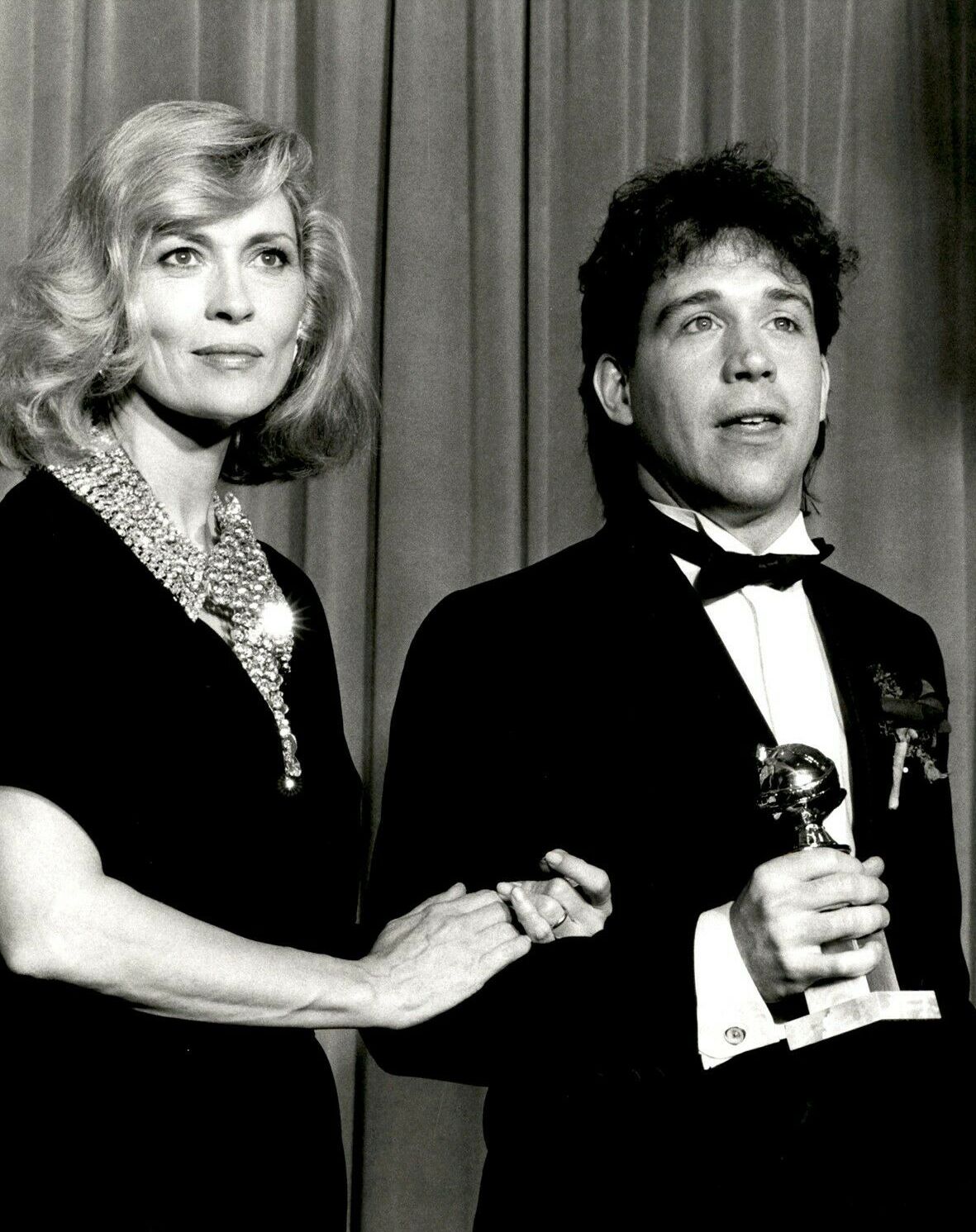|
Shark Oil Pattern
A Shark oil pattern is a pattern of oil on the lane used by the Professional Bowlers Association in tournament play. A typical Shark pattern is 44 feet long. It forces players to move toward the center of the lanes, because if the ball moves to the outside it will not curve back into the pocket. This play is more risky, because it puts the gutters in play. The forcing of players to take inside angles makes playing these lanes tougher and lower scoring for professionals. This oil pattern is named after the shark because, like a shark, which lives primarily in the depths of the ocean, the bowler is forced to play deep in the middle of the lane. Tournaments that used this pattern References http://www.bowl.com/sportbowling/pbaLaneConditions.aspx {{Reflist External links PBA Oil Patterns Ten-pin bowling ... [...More Info...] [...Related Items...] OR: [Wikipedia] [Google] [Baidu] |
Professional Bowlers Association
The Professional Bowlers Association (PBA) is the major sanctioning body for the sport of professional ten-pin bowling in the United States. Headquartered in Chicago, Illinois, the PBA membership consists of over 3,000 members worldwide. Members include "pro shop" owners and workers, teaching professionals and bowlers who compete in the various events put on by the Association. The PBA also oversees competition between professional bowlers via the following tours: * PBA Tour – An annual calendar of events, currently running from January to December each year. * PBA Regional Tour – Allows PBA members and qualifying amateurs to compete in weekend events. The Tour consists of seven regions: Central, East, Midwest, Northwest, South, Southwest, and West. * PBA50/60 Tours – Originally the PBA Senior Tour, it was split in 2013 and now based on age. Set up like the PBA Tour, but allowing PBA members aged 50 years and older, and after the 2013 rebranding, a different tour for me ... [...More Info...] [...Related Items...] OR: [Wikipedia] [Google] [Baidu] |
Shark
Sharks are a group of elasmobranch fish characterized by a cartilaginous skeleton, five to seven gill slits on the sides of the head, and pectoral fins that are not fused to the head. Modern sharks are classified within the clade Selachimorpha (or Selachii) and are the sister group to the rays. However, the term "shark" has also been used to refer to all extinct members of Chondrichthyes with a shark-like morphology, such as hybodonts and xenacanths. The oldest modern sharks are known from the Early Jurassic. They range in size from the small dwarf lanternshark (''Etmopterus perryi''), a deep sea species that is only in length, to the whale shark (''Rhincodon typus''), the largest fish in the world, which reaches approximately in length. Sharks are found in all seas and are common to depths up to . They generally do not live in freshwater, although there are a few known exceptions, such as the bull shark and the river shark, which can be found in both seawater ... [...More Info...] [...Related Items...] OR: [Wikipedia] [Google] [Baidu] |
MBNA
MBNA Corporation was a bank holding company and parent company of wholly owned subsidiary MBNA America Bank, N.A., headquartered in Wilmington, Delaware, prior to being acquired by Bank of America in 2006. History The former Maryland National Bank, once the largest banking chain in Maryland, originated as the Baltimore Trust Company in the early 1900s. It later was challenged by the expenses and problems from the building of its landmark red brick, masonry, and limestone art deco-style skyscraper in downtown Baltimore at 10 Light Street between East Redwood (known as German Street before World War I) and East Baltimore Streets. Construction began on the new BTC Building in 1924. Upon completion in 1929, it became the tallest building in Baltimore (and Maryland), surpassing the neighboring Citizens National Bank to the south. It opened just before the avalanche of economic disaster and unemployment following the Wall Street Crash of 1929. After a series of reorganizations during ... [...More Info...] [...Related Items...] OR: [Wikipedia] [Google] [Baidu] |
Tom Hulce
Thomas Edward Hulce (; born December 6, 1953) is an American actor and theater producer. He is best known for his portrayal of Wolfgang Amadeus Mozart in the Academy Award-winning film '' Amadeus'' (1984), as well as the roles of Larry "Pinto" Kroger in '' Animal House'' (1978), Larry Buckman in '' Parenthood'' (1989), and Quasimodo in Disney's animated film '' The Hunchback of Notre Dame'' (1996). Awards include an Emmy Award for ''The Heidi Chronicles'', a Tony Award for '' Spring Awakening'', an Academy Award nomination for Best Actor for '' Amadeus'', and four Golden Globe nominations. He retired from acting in the mid-1990s to focus on stage directing and producing. In 2007, he won the Tony Award for Best Musical as a lead producer of '' Spring Awakening''. Early life Thomas Edward Hulce was born on December 6, 1953 in Detroit, Michigan (some sources incorrectly cite his birthplace as Whitewater, Wisconsin). The youngest of four children, [...More Info...] [...Related Items...] OR: [Wikipedia] [Google] [Baidu] |

